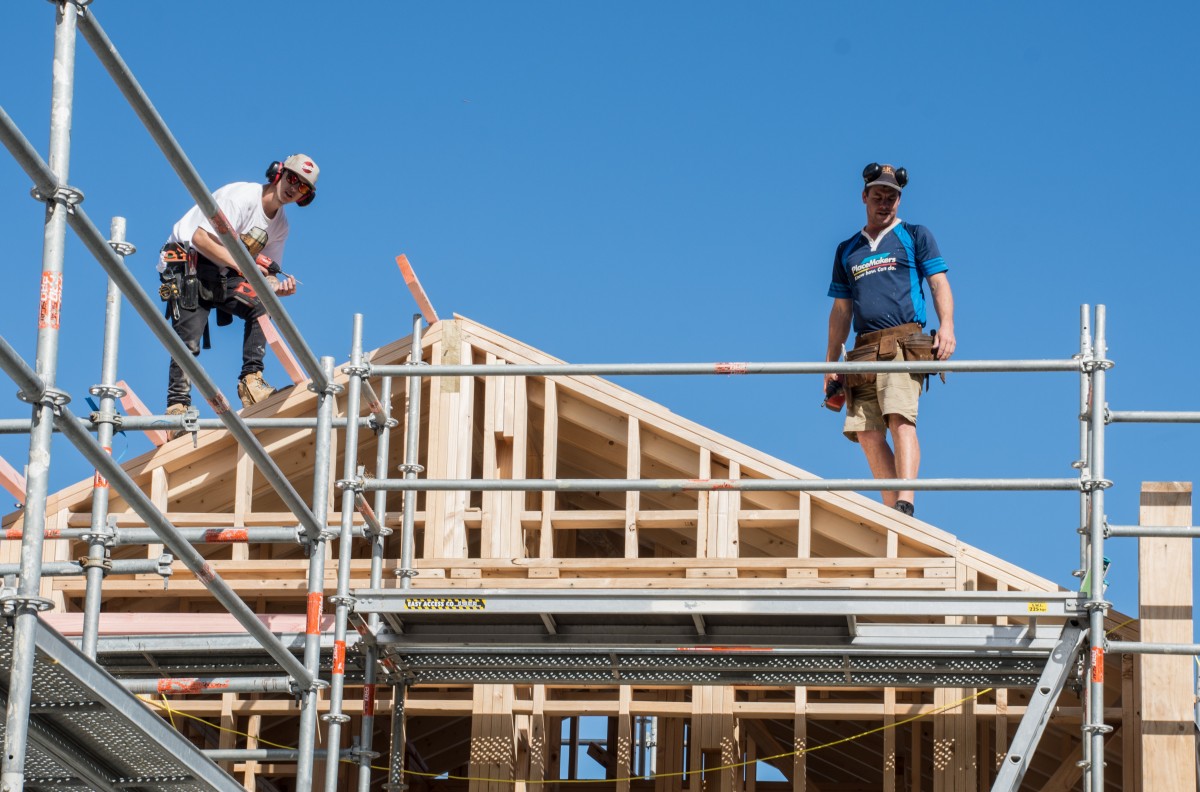Know your stuff – Exempt Building Work, Part 2
23 Jul 2019, LBP & Regulation, Learn, Prove Your Know How

Part 1 of this series covered off the basics of exempt building work and some of the easy to measure exemptions. Part 2 will go into a few of the more complex exemptions.
As a brief recap, all building work requires a building consent, except for work covered by Schedule 1 of the Building Act 2004. Schedule 1 lists the building work that is exempt from needing a building consent. MBIE has issued guidance on Schedule 1 with helpful and practical examples – you can find the guidance on MBIE’s Building Performance website.
Don’t forget to check if you need a building consent. This will help you avoid fines from councils or penalties from the Building Practitioners Board. You can check by reading the above guidance and contacting your local building consent authority.
Exemption 8 – Windows and exterior doorways in existing dwellings and outbuildings
All work in connection with a window (including a roof window) or exterior doorway in an existing dwelling or outbuilding of not more than two storeys in height is exempt work.
However, if you are replacing a window or doorway, that item must not have failed its durability test under clause B2 of the Building Code. Based on the current Building Code, this means that the existing item that is being replaced must have satisfied the 15-year durability requirement.
If the item has rotted and needs replacing within 15 years of installation, or if the building work modifies a specified system (such as installing a roof window and repositioning a sprinkler head) then you will need to get a building consent.
This exemption covers structural and/or weather tightness work as long as the purpose of that work is to install the window or exterior doorway.
Exemption 11 – Internal walls and doorways in existing building
Changing an internal wall or doorway is exempt building work unless the wall is:
- load bearing
- a bracing element
- a firewall (ie a barrier designed to limit the spread of fire, heat and structural collapse)
- part of a specified system (such as electromagnetic or automatic doors)
- made of ‘units’ of materials stacked or bonded together with mortar (like bricks or blocks).
Exemption 12 – Internal linings and finishes in existing dwelling
You can replace any interior linings without using comparable materials in an existing dwelling without needing a building consent.
Interior linings could be part of bracing or fire resistant elements, so we suggest investigating and installing the appropriate type of replacement lining.
Exemption 13 – Thermal insulation
You don’t need a building consent to install thermal insulation in an existing building unless you are installing it in an exterior wall or an interior firewall.
Installing insulation in ceilings, floors and interior walls that are not firewalls are examples of exempt work.
Under the Residential Tenancy Act, ceiling and underfloor insulation will be compulsory in all rental homes from 1 July 2019. You can read more about this requirement on the Tenancy website.
Exemption 14 – Penetrations
For detached dwellings of any height and dwellings within a building that is not more than three storeys high:
- Penetrations can be made that are 300mm or less in diameter without a building consent. The exemption includes any associated building work like weatherproofing or fireproofing.
For outbuildings that are detached and not more than three storeys high:
- Penetrations can be made that are 300mm or less in diameter without a building consent. The exemption includes any associated building work like weatherproofing or fireproofing.
For all other buildings:
- Penetrations can be made that are 300mm or less
in diameter without a building consent as long as doing so does not modify of
affect:
- the primary structure
- Any specified system
The exemption includes any associated building work like weatherproofing or fireproofing.
For any other scenario (such as a commercial building), creating a penetration not exceeding 300mm in diameter is still exempt building work if the work does not affect the primary structure or a specified system (such as a fire suppression system).
Exemption 35 – Alteration to existing sanitary plumbing (excluding water heaters)
Alterations to sanitary plumbing fixtures (baths, showers, basins, etc) are exempt from building consent requirements as long as you are not increasing the number of fixtures in the building and the alteration does not affect a specified system (such as fire sprinklers).
This work must be done by an authorised person (see page 79 of MBIE’s guidance). It also excludes work for water heaters (although this work may be covered by other exemptions).
Next time…
The next article in our Exempt Building Work series will cover off the trickiest exemptions you’re likely to encounter. Stay tuned.
This article first appeared in Codewords – Issue 79
Register to earn LBP Points Sign in
2 Comments
Leave a Reply
You must be logged in to post a comment.




know your exemtions
needed to know this